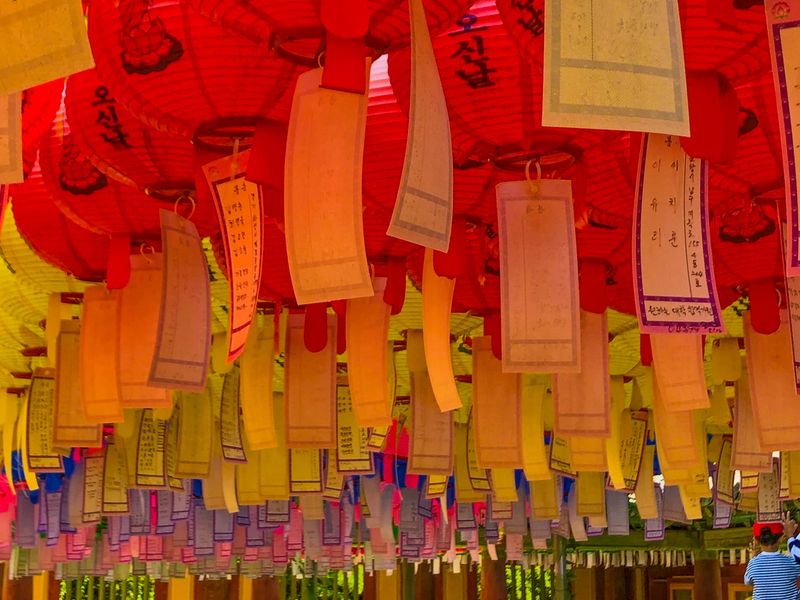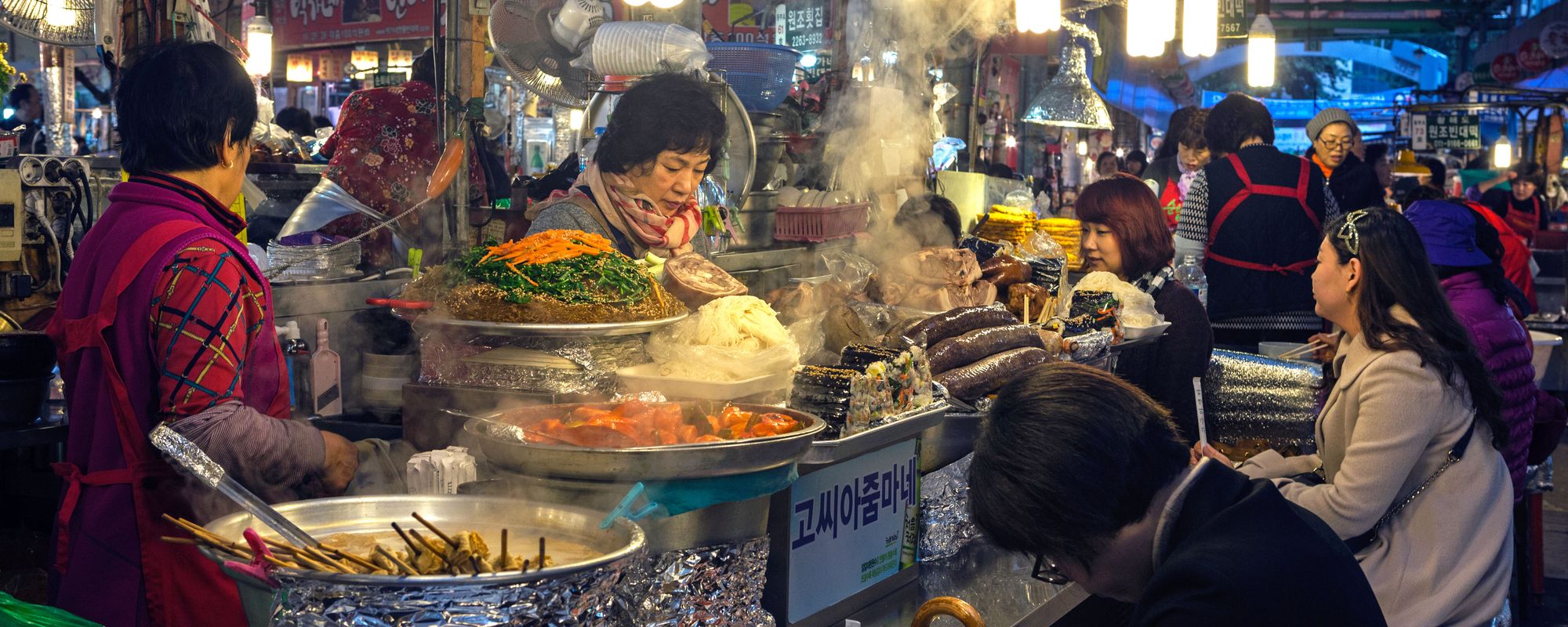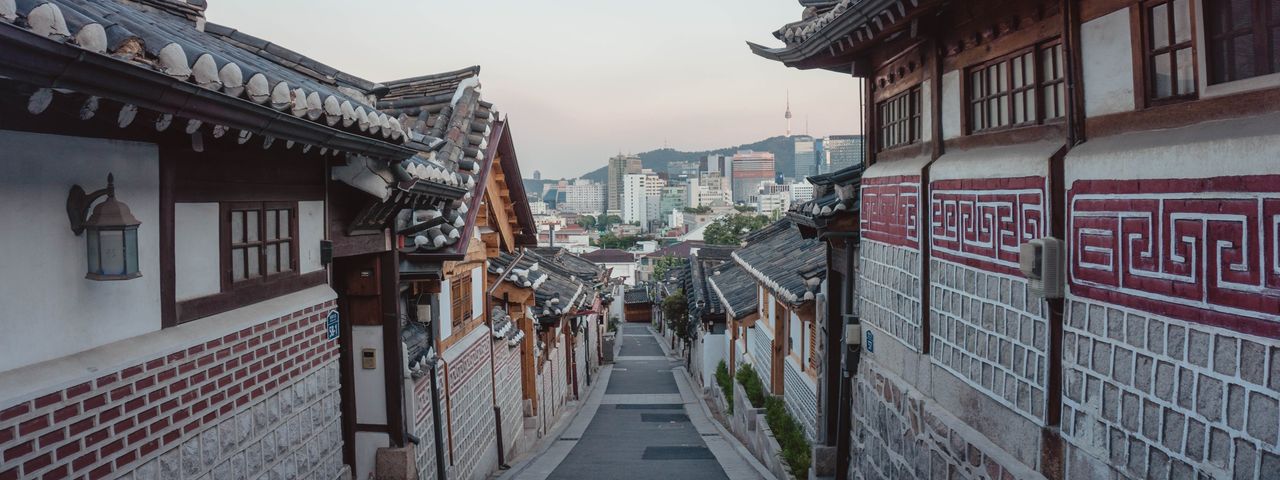Gyeongju
South Korea’s enriching cultural capital, Gyeongju, is full of historic gems and traditional splendour. For a former royal centre, this laid-back city has an appealingly down-to-earth rustic realness. Outside the city’s central hub, traditional life is still going strong, and its streets are regularly lined with women from the surrounding area selling the fruits of their harvest. Don’t leave without sampling Hwangnam bread - a local speciality - which is essentially sweet red bean paste cooked in a pastry crust. It makes for a great mid-morning snack with a cup of coffee, especially if eaten freshly baked and still warm.
Three things to do in Gyeongju
Obviously there's a lot more, this is just to get you started...
Silla treasures
Take a trip back in time as you explore the Silla royal tombs that appear as grassy mounds (tumuli) in the city and surrounding countryside. In Tumuli Park alone there are over two dozen, thought to be those of kings and high-ranking officials. A must-see is Cheonmachong (the only tomb you can step inside) which yielded over 12,000 6th-century artefacts, some of which can still be seen in situ. Discover more treasures from the Silla dynasty at the Gyeongju National Museum, which arguably has the best collection in the country. There’s some serious Silla bling on show including jade-festooned gold crowns, dazzling earrings, detailed pendants cast and finely crafted pottery.
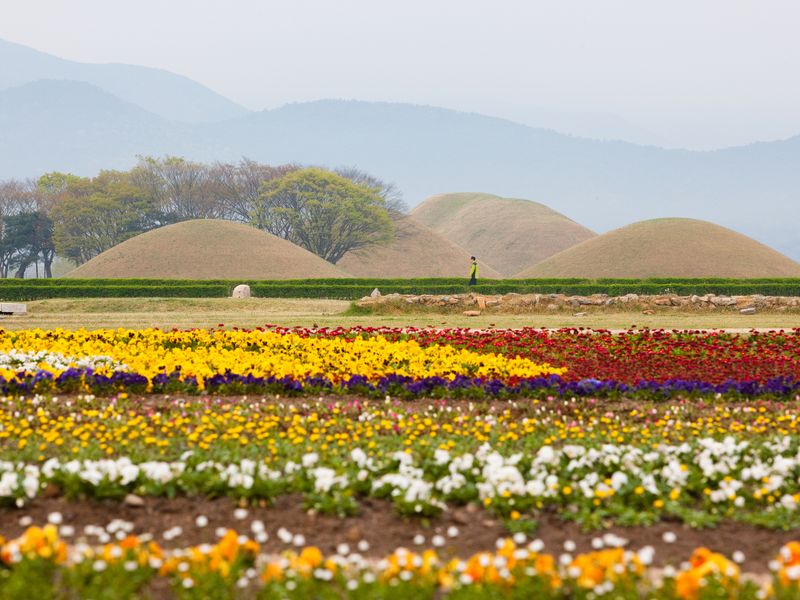
Natural beauty
Gyeongju offers many ways to step away from the urban landscape and immerse yourself in nature. A network of nature trails weaves through Gyeongju National Park, which surrounds the city, passing between picturesque mountainous peaks. Just to the east, Bomun Lake is a man-made mix of natural beauty and slightly cheesy fun, surrounded by hotels, recreational facilities, restaurants and an amusement park. Beyond the city centre, the hilly (and holy) area of Namsan boasts some 180 peaks and picturesque trekking opportunities on ancient trails once used by Buddhist monks. Lining the route are a scattering of stone pagodas, Buddha carvings and temple ruins, a number of which have been designated as national treasures.
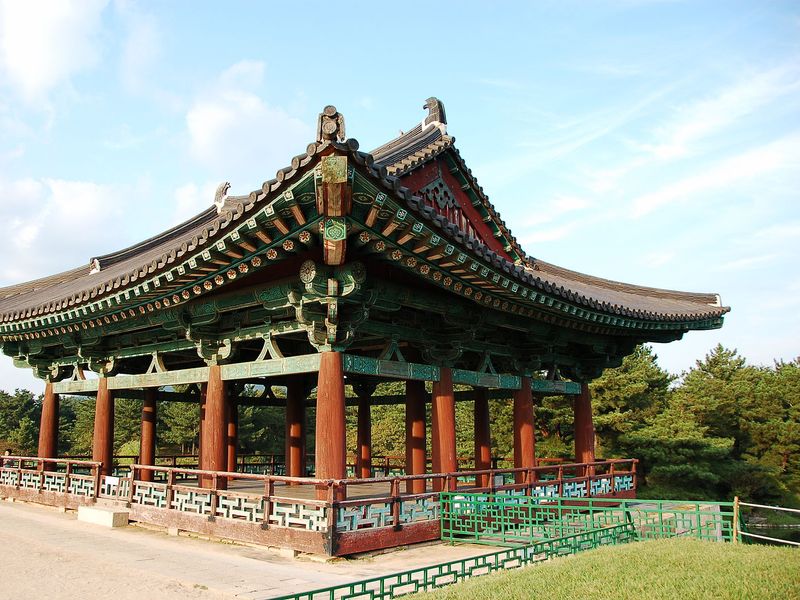
Living heritage
All around Gyeongju are snapshots of South Korea’s spirituality and folk culture. The sheer number of festivals celebrated in the region is a delight, from regular song and dance performances at Bomun Lake to the three-day Silla Cultural Festival extravaganza in October. The striking staircases, pagodas and elaborate paintwork of the UNESCO Heritage-listed temple of Bulguksa, built to commemorate King Beop-Heung’s adoption of Buddhism in 528, provide a detailed snapshot of the region’s spiritual heritage, as does the nearby grotto temple of Seokguram. Further afield, Andong is known for its picturesque countryside and Hahoe Folk Village, home to a family community living off-grid in thatched houses, which offers a glimpse into the region’s traditional rural lifestyle.
